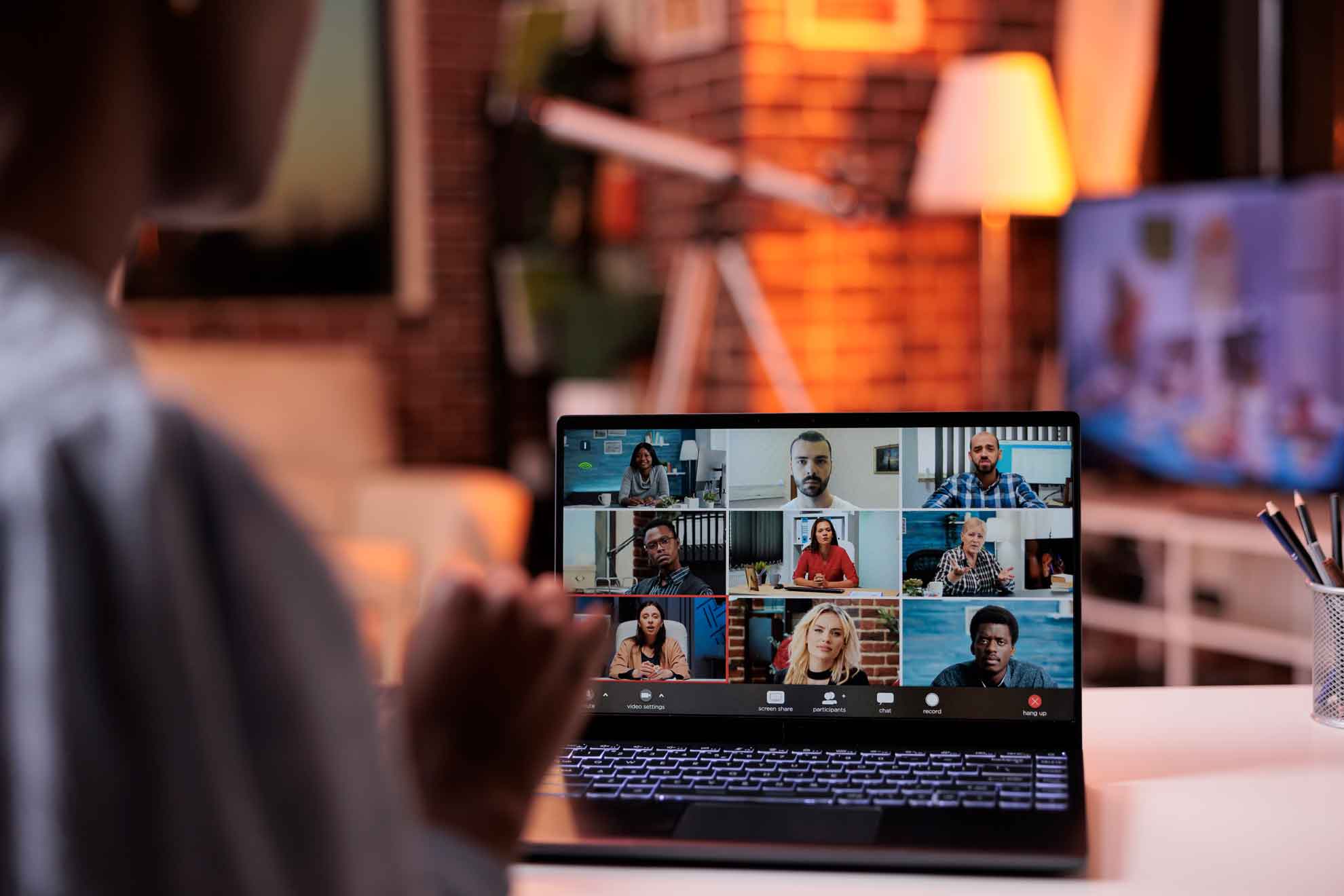 Image: DC Studio (Motion Array)
Image: DC Studio (Motion Array)
Best Practices for Digital Artists Working Remotely
Brought to you by VANAS Online Animation School
In the evolving world of digital art, remote work has become a new norm, especially for those professionals in animation, visual effects, and video game development. For new entrants interested in these fields, understanding how to effectively work from home can set you ahead of the curve. Here are some best practices for digital artists working remotely, ensuring you remain productive, connected, and part of your creative team.
Prepare Your Workspace and Presence
1. Join Video Sessions Early
Arriving 15 minutes early to video sessions can help you resolve any technical issues beforehand and shows your commitment and professionalism. It gives you a moment to ensure everything is working smoothly so you can focus on the meeting’s content without distractions.
2. Turn On Your Webcam
Using your webcam during meetings helps to create a stronger emotional connection with your teammates. Seeing each other’s expressions and reactions can enhance communication and foster a sense of team cohesion, even from a distance.
3. Clean Your Background
Before joining a video call, take a moment to look at what’s behind you. A cluttered or distracting background can divert attention away from the discussion. Ensure your background is tidy, with no hanging clothes or messy areas visible.
4. Organize Your Desktop
Before sharing your screen, close unnecessary programs and tidy up your desktop. Remove cluttered icons and ensure that no sensitive information is visible on your screen. This not only protects your privacy but also keeps the focus on your work.
5. Join from a Quiet Room
Background noise can be a major distraction in virtual meetings, particularly if are in a coffee shop, mall, or noisy area. Join calls from a quiet room where interruptions are minimized. This respects everyone’s time and allows clear communication.
6. Mind Your Manners When Speaking
When it's your turn to speak, be mindful not to interrupt others. Interruptions can cause microphone feedback and unnecessary noise, disrupting the flow of conversation.
7. Don't Move Your Camera Too Much
If you must join a meeting from your phone, avoid walking around or moving the camera too much as it can make other participants feel dizzy. Find a stable place to set down your phone or tablet before turning on the camera.
8. Respond Promptly When Asked Questions
Keep your microphone muted during meetings to avoid accidental noises. However, be ready to unmute and respond promptly when you are directly addressed or asked a question.
9. Consider Occasional Office Visits
If possible, visiting the office a few days a week can be beneficial. It helps maintain a strong connection with your team and ensures you remain in the loop with ongoing projects and team dynamics.
10. Ensure Proper Camera Framing
Ensure that your camera is well-positioned during virtual meetings. Avoid having it point at the ceiling, walls, or an unflattering angle. Center yourself in the middle of the frame, making sure that your face is clearly visible and well-positioned within the view.
11. Avoid Meetings in Moving Vehicles
Do not participate in virtual meetings from a moving vehicle, especially if you are driving. This is not only unsafe but also distracting for you and other participants.
12. Choose a Well-Lit Environment
For a professional appearance in video calls, choose a location with good lighting. Being in a well-lit room helps others see you clearly, which enhances communication and engagement.
13. Dress Appropriately
Even though you are attending meetings from home, it is important to maintain a professional appearance. Avoid wearing swimwear, pajamas, or other casual attire. Opt for clothes that you would typically wear to an in-person meeting at your workplace.
Frequently Asked Questions
How can a high school student prepare for remote work in digital arts? Start by getting familiar with the tools and software used in the industry. Practice managing your time and setting up a dedicated workspace at home.
Are there specific tools that can help with remote digital artistry? Yes, tools like Zoom for meetings, Slack for communication, Trello for project management, and cloud storage services for file sharing are essential. Mastering these can enhance your productivity.
What should I do if my internet connection is unstable during a meeting? If possible, use a wired connection during important meetings. Also, having a backup plan like a hotspot from your phone can save the day.
Key Takeaways
- Be Punctual and Prepared: Joining meetings early and being ready can prevent last-minute rushes and technical issues.
- Maintain Professionalism: Keep your physical and digital workspace tidy and maintain a professional demeanor during video calls.
- Communicate Effectively: Use your webcam wisely, speak clearly, and respond promptly to foster better collaboration.
Conclusion
Working remotely as a digital artist requires more than just artistic skills; it demands discipline, effective communication, and an organized approach to your workspace. By following these best practices, you can excel in remote work settings, ensuring productivity and maintaining strong connections with your team.
Start your journey in digital arts with VANAS Online Animation School!
Whether you're interested in animation, visual effects, or video game development, VANAS Online Animation School offers programs to help you succeed in the digital arts field. Get the training you need to thrive as a remote digital artist and make your mark in the creative world.







